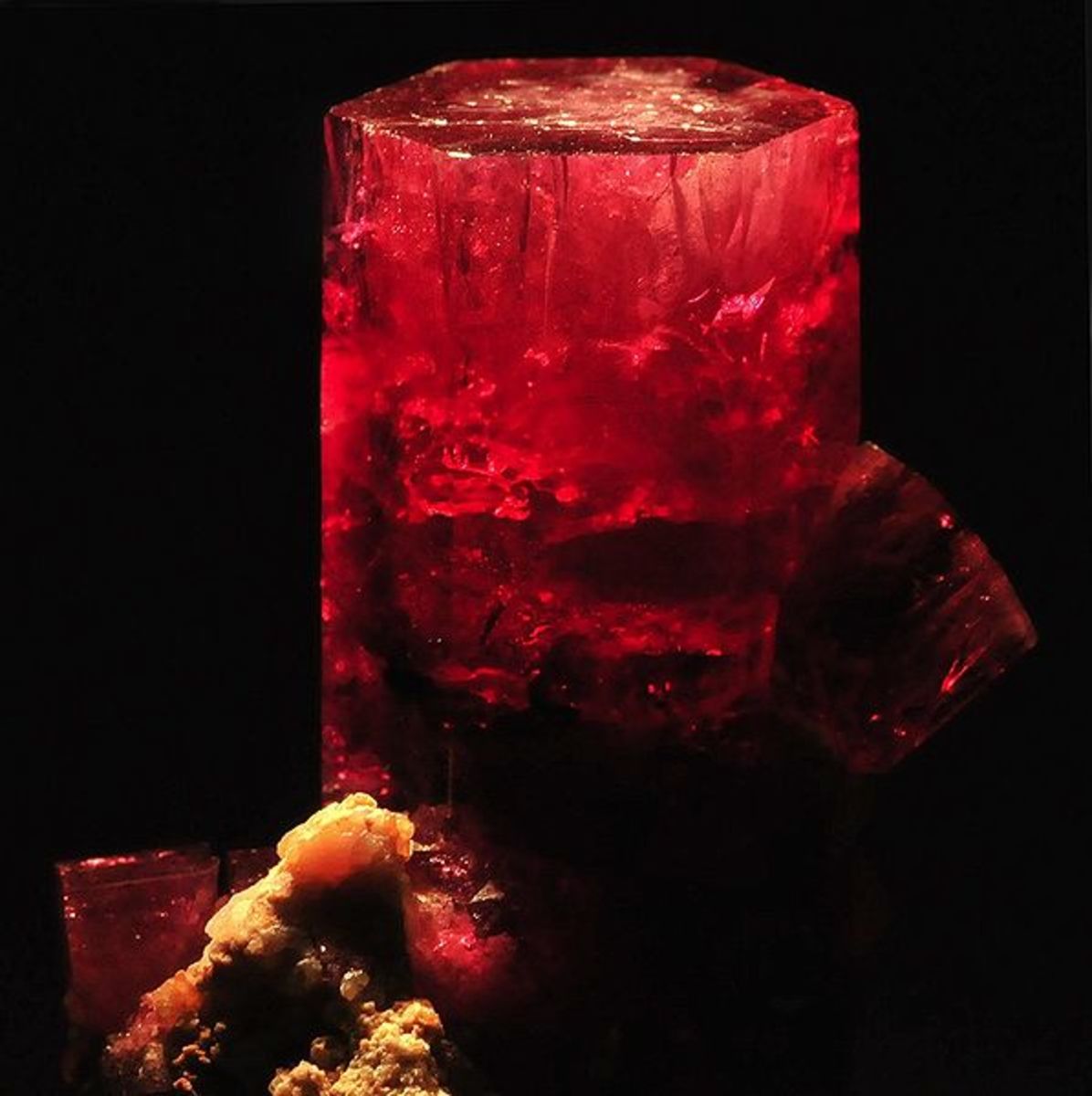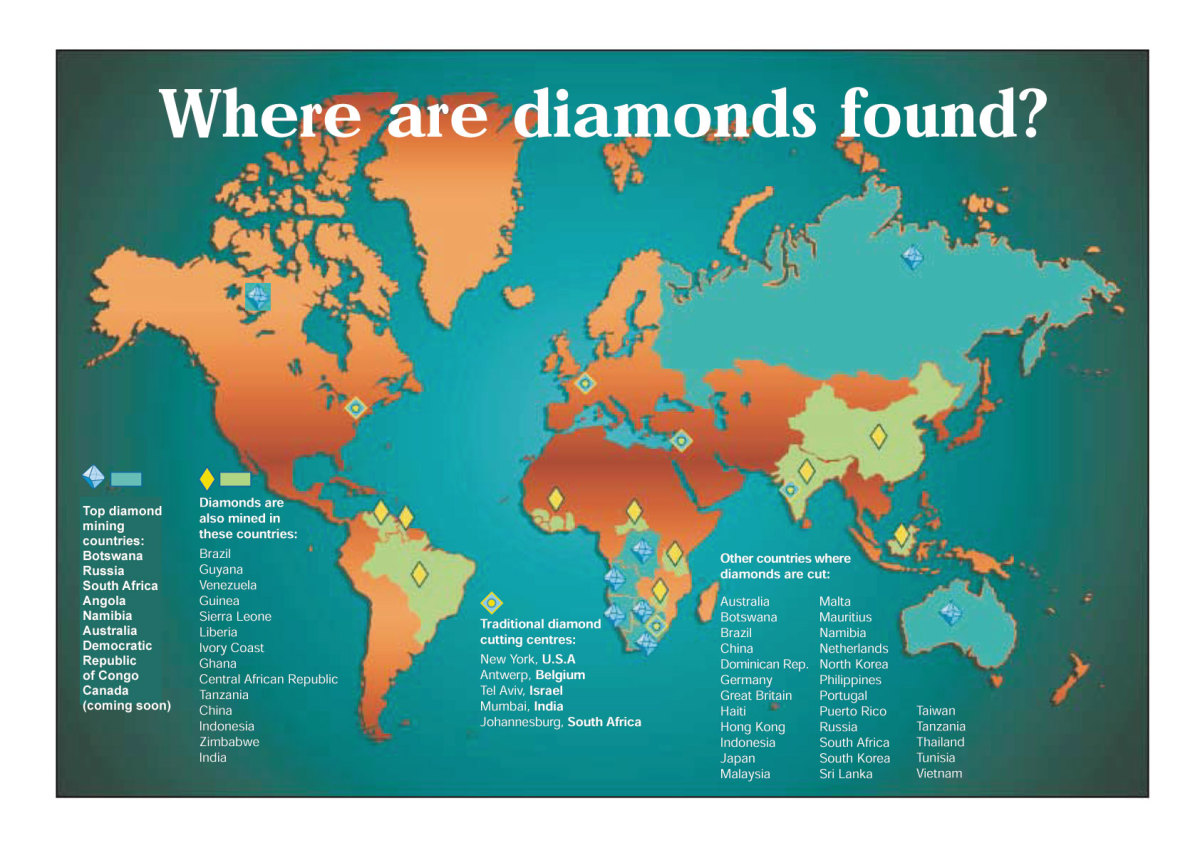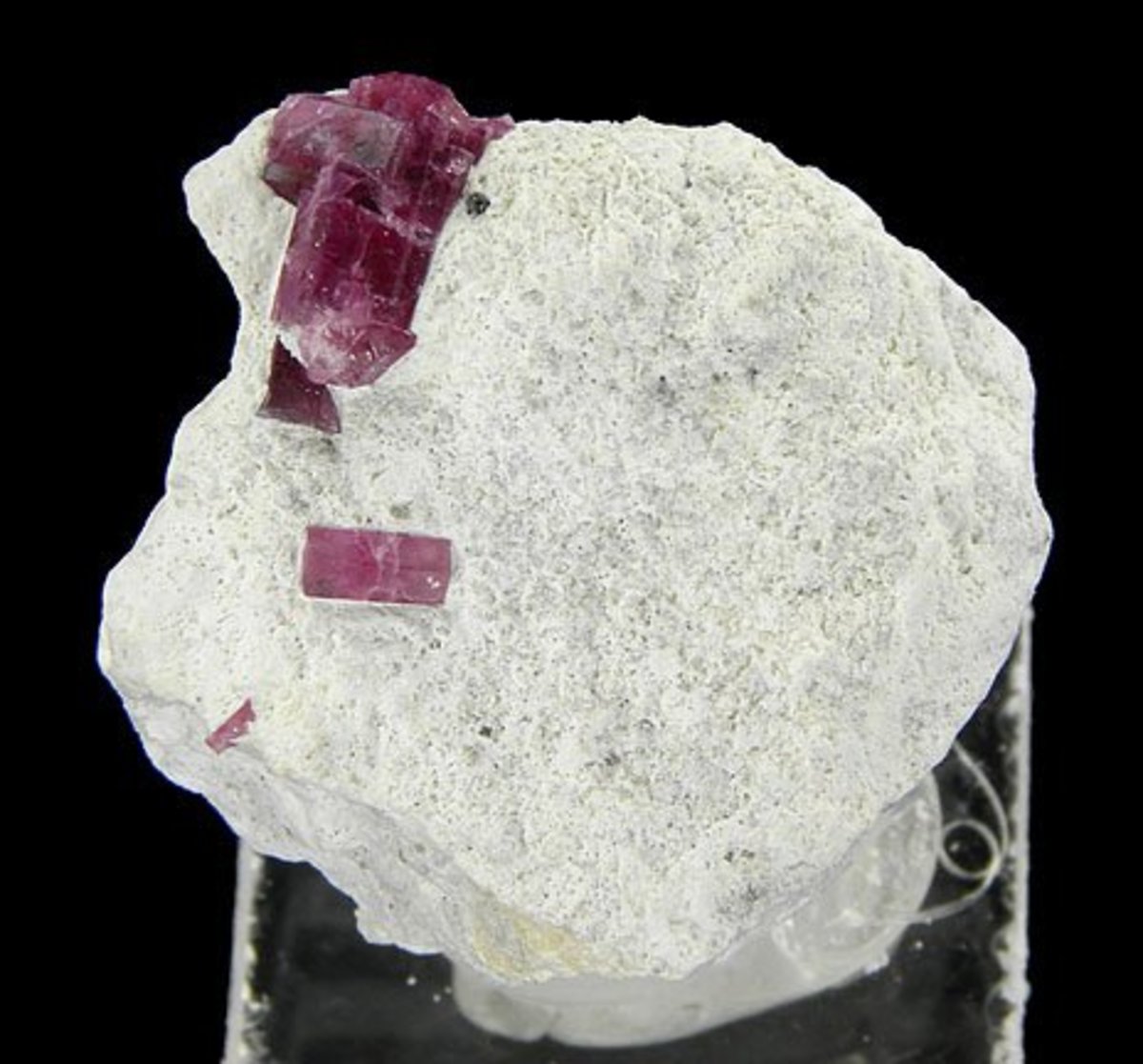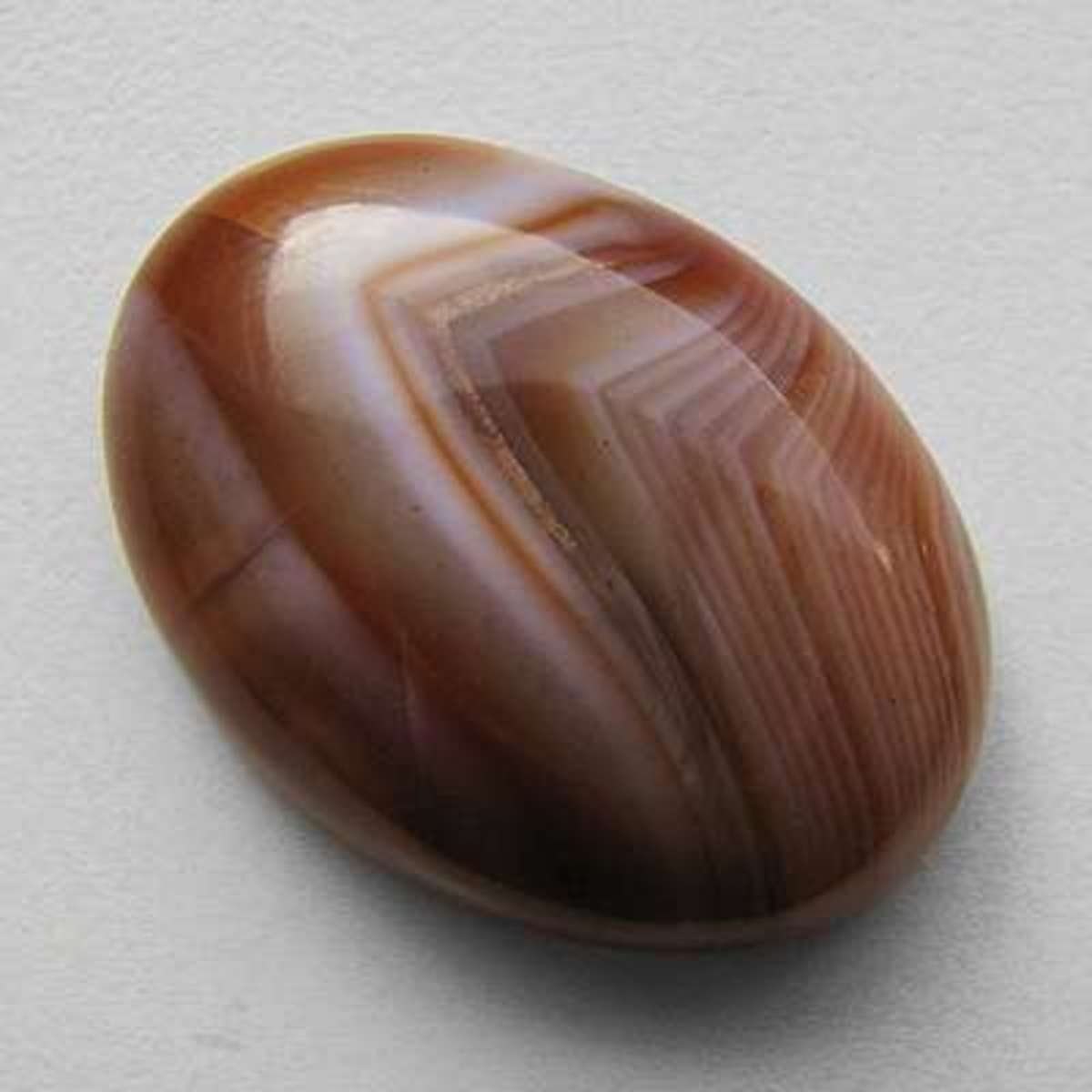How to Identify a Gemstone
Gemstone Identification
So you're wondering how to identify a gemstone. It can be a difficult task, even for a certified gemologist like me. If you want to be 100% certain that your identification is correct, you'll need to take it to an appraiser or a certified gemologist. But if you just want to be reasonably sure you know what you have, or you want to be able to ask some intelligent questions and get some intelligent answers, then this is the page for you. I mostly wanted to create this page for people to be able to identify their gemstones with reasonable certainty and be able to ask questions. We'll go through a few basic questions and I'll list the types of gems that come in different colors. That'll help you narrow down your search to only a few options. Feel free to use the comments section to ask questions. I'll try and help you identify what you have.
Roughly How Old is the Piece in Question?
This is actually one of the most revealing questions you can ask. Believe it or not, many of the gemstone types found in today's jewelry were either unknown or very seldom used 50-100 years ago. The best example of this is Tanzanite. Tanzanite is all the rage today, but it wasn't even discovered until the 1970s. So if you can say with reasonable certainty how old your piece is, it will help to eliminate a lot of possibilities.
If your piece of jewelry is an antique, the main gems used in that period were:
- Sapphires -- Blue
- Rubies -- Red
- Emerald -- Green
- Amethyst -- Purple
- Citrine -- Orange
- Garnet -- Purplish Red
- Topaz -- Blue, Pink, Peach
- Peridot -- Yellowish Green
- Aquamarine -- Pale Blue-Green
- Opal -- Rainbow Colored
- Tourmaline -- Green, Pink, Red
- Synthetic Sapphire -- Blueish Purple
Believe it or not, synthetics have been around for over 100 years. There was a form of synthetic sapphire which was very common in antique jewelry. It could be made to resemble high quality Alexandrite and also top quality Amethyst. Amethyst used to be much more expensive than it is today, and these synthetic sapphire were easy to produce and looked great. Pictured just below is an example of one such sapphire. These were first made in the early 1900s, and they're found quite a bit in antique jewelry. If you have a large purple gemstone in a piece of antique jewelry, that has a strong blue as a secondary color, odds are, it's a synthetic sapphire.
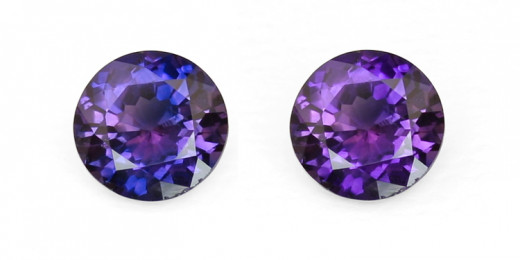
Here are Some Common Gemstones

Is My Gemstone Real, Fake or Glass?
By now, hopefully you should have a better idea of what kind of gemstone you might have in your jewelry. But how do you know if it's real or not? Without proper tools and training it's hard to tell if a gemstone is real or not. But there are a few tricks you can use to be relatively certain. One is to determine the type of metal the piece of jewelry is made from. If it's gold and the gemstone is relatively small, then odds are that the gemstone is real. If it's Sterling Silver and the gemstone is large and beautiful, odds are it's a synthetic or a piece of glass. Another tip is to try and find flaws and inclusions in the gem. Synthetics don't ever have inclusions in them, so if you have any form of magnification like a basic magnifying glass, see how clean it is internally. Most gems will have at least some form of minor impurity. Just make sure you clean the piece first. Junk on the outside of the gem can easily look like junk on the inside of the gem.
If you're worried that your gemstone might be just a piece of glass, there are a few things you can try. Because I've had so many gems pass through my fingers, I can actually tell by touch whether a gem is real or just a piece of glass. Gems are much denser than glass and feel colder to the touch because of it. If you take your gemstone and press it against your forehead for five seconds and then feel it against the soft skin of your forearm, if the gemstone is still cool to the touch, it's most likely a gem and not a piece of glass. Glass will warm up quickly to the temperature of your skin because it's not very dense. But gems stay cool because they're more densely packed with matter. So they'll still feel somewhat cool to the touch after being pressed against your skin. Hope that helps. Feel free to ask questions!

